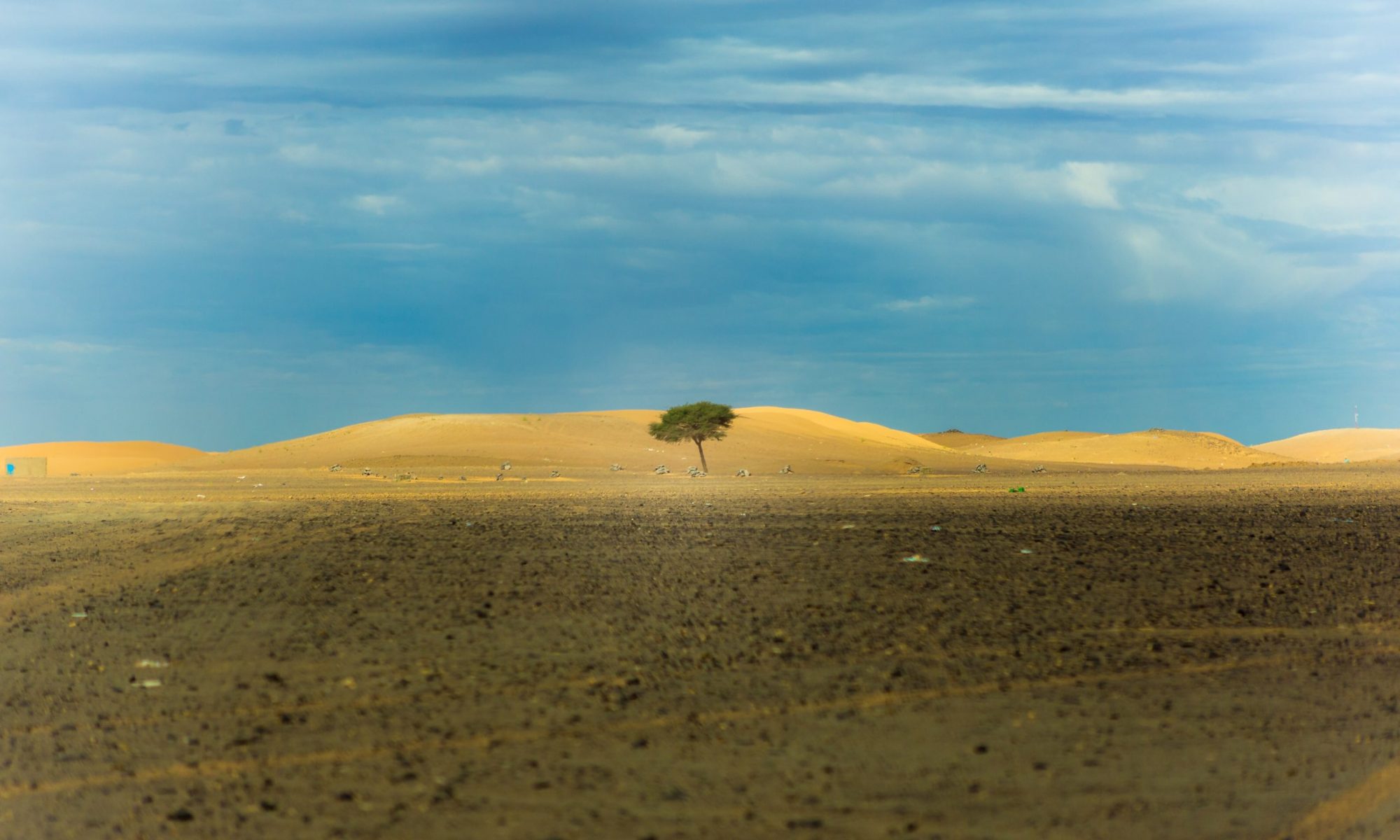Ceramic Innovation Rates: nested cycles, and scale dependency.
Detlef Gronenborn & Sasha Diachenko
By focusing on ceramic innovation rates in two case studies from the Neolithic (SW Germany and Central Ukraine), we discuss their complex hierarchical behavior and implications on cultural systems.
We distinguish innovations of different orders. In doing so we investigate their impact on modifications within a system, and their possible relation to the cycling nature of cultural resilience and vulnerability.
Conceptualization of environmental stressors – the dynamics of vulnerability, resilience, and adaptation measures in the focus of landscape affordances in Central Europe on multivariate scales
Michael Kempf & Rüdiger Glaser
To understanding the multifold ecological couplings and drawbacks in the adaptation processes of human communities to environmental stressors, a comprehensive model of diachronic human response mechanisms and strategies needs to be considered. Terrestrial ecosystem resilience, population development, and human adaptation capabilities are inexorably interconnected, leading to constant societal and environmental transformation. In this view, societal decision-making is fundamentally controlled by the ecosystem’s functionality and the human perception, learning capabilities, group tradition, and individual configuration of the immediate landscape components: a conceptual framework that is referred to as landscape affordances. In contrast to defining environmental components as passive resources, the concept of landscape affordances entails dynamic and processual feedbacks of an individual and the environment in the moment of mutual interaction – thus actively integrating human ingenuity in the production of landscapes, biological processes, and sociocultural patterns. However, outstanding environmental threats further enhanced the vulnerability of (past) societies to rapid changes in the ecosystem balances, which led to constant adaptation, response, and decision-making development to increase social robustness and heterogeneity. In this paper, we present a conceptual framework to define resilience and vulnerability of groups and societies as dynamic multiple response cycles on different spatial, temporal, and sociocultural scales.
From Panarchy to Anarchy: The Relational Resilience of (More-Than-Human) Subjects in Processes of Subjectivation
Stefan Schreiber
Resilience can be seen as a capability of systems to react to changes, especially to crisis and to return to stability. In archaeology this system behavior is usually conceptualized by using the model of Adaptive Cycles.
It is striking that either mental-biological systems or socio-ecological systems are described, but the entangled dimension of both is rarely explicitly considered. The entanglement of systems of different sizes is partly theorized by applying the hierarchical concept of panarchy (Holling and Gunderson). Thereby the asynchronicity of individual systems is conceived as the driving force for change. This results in a mechanistic, universalistic conception of such system’s interconnection.
I would like to extend this understanding of resilience as the behavior of panarchic systems in four aspects: 1) systems are not static and hermetic entities, but structured and structuring assemblages and naturecultures. 2) Non-hierarchical (anarchic, rhizomatic) entanglements of these assemblages should be focused. 3) These entanglements have to be recognizes as carried out by (more-than-human) subjects who are both bio-mental and socio-cultural actors. 4) Resilience is not only a system behavior, but a behavior of relations between these systems.
But how could an archaeology look like that does not focus on the resilience of bio-mental and socio-ecological panarchic systems, but on the anarchic relations in between these assemblages? This will be discussed using the example of (more-than-human) subjects, since they can be understood as such entangled relations.
Resilience in the Diaspora; An Archaeological Approach
Sepideh Maziar
Resilience is not limited either to one strategy or approach, nor happened in a short time as an event. It is a long-term process with different cycles of events and should be studied in Longue durée. Archaeology, with its potential, is one of the disciplines that could address this issue by providing the “episodical patterns” of resilience at “temporal or spatial scales”. In this lecture, taking one archaeological case study into account, the conceptualization of “resilience” is discussed.
The Kura-Araxes groups migrated in the last part of the 4th millennium BC from their homeland in the southern Caucasus to Iran, eastern Anatolia (Turkey), as far as the Levant. Migrating to the new lands requires different management and new strategies of adaptation and higher flexibility in resource-management strategies and even internal societal organization. We consider all of these processes, the way they formed their habitus, as resilience efforts of the Kura-Araxes to adapt themselves to the new land. This study will showcase how the concept of resilience makes it possible to examine past societies from different perspectives through interdisciplinary methods, which provides deeper understating of the mechanism that determines resilience among past societies.
Resilience and Competition in First Intermediate Period Egypt
Uroš Matić
Egyptological research on late Old Kingdom and First Intermediate Period in Egypt has so far focused more on the various possible causes of the socio-political collapse of the Old Kingdom rather than on the consequences and how people in Egypt coped with them. The socio-political collapse of the Old Kingdom, whatever really triggered it, led to political fragmentation of the previously centralized state. The land was divided between the successor kingdom of Old Kingdom state which moved its capital to Herakleopolis Magna (Dynasties 9-10) and Upper Egyptian magnates who were at first only nominally loyal to it. The conflicted Upper Egyptian magnates were defeated by the polity centred in Thebes which then unified Upper Egypt (Dynasty 11) and posed threat to the Herakleopolitan kingdom in the north. Ultimately, the Theban kings won the war and united the entire land again. Previous research on the First Intermediate Period focused on texts, art and cemeteries. The developments in settlement archaeology in the last two decades now allow us to better understand First Intermediate urban centres. This also allows us to pose the questions: Why certain urban power centres did not succeed in the competition? What are the prerequisites for success in resilience? How do we measure success? What makes a town vulnerable and which resilience strategies were undertaken?
Memorial Stone and their Unknown Builders: Archaeology of Lesser Known Facts
Ahana Ghosh & Tanoy Sengupta
The Indian subcontinent has a long-drawn tradition of erecting commemorative stones for deceased ancestors. Starting from the Prehistoric Megalithic times to present date, this tradition is still in practice. The worldly rituals and rites concerned with death are mainly aimed to eradicate the spread of pollution from the dead body and to transfer the soul successfully to another world. These memorial stones have different names in different regions like ‘Viragals’, ‘Gadhegals’ etc. The concept of the death cult is a widely discussed phenomena in Indian archaeology which centres around the erected structures like megaliths, satī-stones, samādhis, chattrīs, vṛndāvanas and unhewn stones.
Despite differences, the architectural features of memory stones associated with the concept of commemorating the death have some uniformity all over the subcontinent over the periods. As there was no definite literary evidence, here the question rises who built these memorial stones? Was there any homogenous community especially associated with such practices? Uniformity in the execution procedure of these stones raises a question about a community which was functional since early times. Our research will look for this lesser-known community who were always less heard and studied throughout times. It will further try to understand how these monuments have influenced the present communities and its impact on their daily livelihood.
Camellia Biswas
Resilience and vulnerability are conceptualised with the related track of adaptation, transformation and sustainability. Both of these concepts have similar linkage and complement each other’s existence but are often separated by different academic communities due to lack of interaction and conceptual constructs. In this talk, my attempt is to integrate Resilience & vulnerability by analysing their causation in relation to the cross-cultural or cross-society comparison bringing anthropology, geography and ancient studies under one umbrella. Vulnerability is one of the defining components to determine the degree of a disaster, which itself is a human construct. And for climate disaster, it requires a model of social resilience for a system or society to predict its longevity. Questions such as ‘Why several exemplary societies and civilizations not resilient enough, but vulnerable to extermination when hit by climate disasters? It makes us probe into resilience thinking, where we try to understand the reason to durability and collapse of the society. I will discuss the nature and dynamics of vulnerability and resilience in the face of a diverse and varied socio-economic-political & environmental context using the case studies of Sahelian Drought( 16 Century – Present) and cyclonic blows in Indian-Bangladesh Sundarbans ( 1800- present).
Vulnerable Hunter-Gatherer-Fishers in Mesolithic Norway? Discussing the social impact of the Storegga tsunami 8200 years ago
Astrid Johanne Nyland
In a new project starting in January 2021, the social impact of a large Storegga tsunami affecting both sides of the North Sea in the Middle Mesolithic will be discussed. Geologists have demonstrated the tsunami’s range and impact, and in archaeological literature the event is often referred to as a disaster. In Scotland, the wave is seen as augmenting the impact of the 8.2 climatic cold event.
However, is there a paradox here? Hunter-gatherer-fishers are in archaeology and anthropology often interpreted and portrayed as highly adaptable, spontaneous, flexible and well equipped for reorientation, exploitation of a variety of niches in order to survive. Nevertheless, both the tsunami as well as the climatic cold event have in archaeological literature been assumed disastrous for the coastal communities. Both views appear to rest on the presumption that the existing Mesolithic coastal societies were primarily vulnerable, that the communities lacked strategies that would enable them to reorganize and rebound facing dramatic events. Should we regard the coastal population of the Mesolithic as vulnerable, or were they instead resilient, or both? – and is there a way to find out?
Community and Collective Resilience in Psychology and Ancient Studies
Carin Molenaar, Louise Rokohl & Manpreet Blessin
The interdisciplinary project titled „Resilience Factors in Diachronic and Intercultural Perspective“, combines archaeology, the life sciences, and psychology, to investigate factors which may help or have helped individuals, collectives, and communities resiliently overcome stressful situations such as illness, loss, war, displacement, and natural disasters. Such interdisciplinary work presents challenges as, for instance, psychological resilience often focuses on individual factors and archaeologically collected data have not been previously used to determine stress and resilience factors. Therefore, we highlight the relatively new concepts of collective and community resilience as a bridge for exploring resilience across different times and cultural contexts. To demonstrate, present day resilience studies from psychology will be contrasted with examples of the material legacies of people and their visible actions and behavior. Through this discussion, we frame the importance of expanding psychological resilience literature to include collectives and communities while fostering interest in the interdisciplinary possibilities between the aforementioned fields.

